Subscribe to our newsletter to find out about all the news and promotions, and automatically receive a welcome discount coupon in your email.
 Italian cyclist, nicknamed Campionissimo and l'Airone. Considered one of the greatest cyclists of all time. He was five-time champion of the Giro d'Italia and in 1949 he was proclaimed champion of the Italian round and the Tour de France, becoming the first of the few riders in history to do so. Throughout his career he won 122 races, wore the pink jersey for 31 days and the yellow jersey for 19.
Italian cyclist, nicknamed Campionissimo and l'Airone. Considered one of the greatest cyclists of all time. He was five-time champion of the Giro d'Italia and in 1949 he was proclaimed champion of the Italian round and the Tour de France, becoming the first of the few riders in history to do so. Throughout his career he won 122 races, wore the pink jersey for 31 days and the yellow jersey for 19.
From a humble family, he got his first bicycle when he was 8 years old and used it to work as a delivery man for the grocery store in the neighboring town of Novi Ligure. In 1937, he would meet his discoverer Biagio Cavanna who encouraged him to participate in non-professional races. The exceptional physical characteristics did not take long to emerge in the young Coppi.
In 1939, he turned professional where he won six races that same season. But Coppi's rise to fame came a year later when, starting as a gregarious for Gino Bartali, he landed the first of his five Giros d'Italia. Furthermore, this victory made him the youngest rider to win the Giro d'Italia at 20 years, 8 months and 25 days, a record still unbeaten. In addition, in 1940 and 1941, he was proclaimed Italian champion of the persecution specialty. In 1942, he set the hour record at the Vigorelli velodrome in Milan, setting the new mark at 45,871 km, a record that resisted 24 years until Jacques Anquetil's record in 1966.
But the war breaks his upward career. Sent to Africa with the "Divisione Ravenna" infantry, he was taken prisoner by the English, released in 1945.
In 1945, he ran some races with the cycling section of the Società Sportiva Lazio. In 1946, the legendary courtship between Fausto Coppi and the Bianchi team was born, to which the Italian champion would be linked for a decade. Coppi's arrival soon bears fruit when he wins his first Milan-San Remo with an epic breakaway that begins at the Turchino Pass and ends 14 minutes ahead of the second-place finisher. Nicolò Carosio narrated on the radio: "First place, Fausto Coppi, waiting for second place we broadcast dance music." That year he also won three stages of the Giro (although the overall victory would go to Bartali), the Grand Prix of Nations, the Lugano Circuit and the Giro de Lombardia. In 1947, seven years after the first, he won his second Giro d'Italia.
In 1949, the definitive international consecration of Coppi arrived. First he wins the San Remo-Lombardia lap and in the Giro (which is also awarded) he signs one of what will be his most famous feats: 192 kilometers alone on the stage between Cuneo and Pinerolo. The famous journalist Mario Ferretti would say in his chronicle a phrase that would enter the history of cycling:
With the third Giro in his pocket, he faces his first Tour de France. Fausto started very badly, losing more than half an hour in the first stage. But he knew how to recover, dominating the two stages against the clock and winning the stage between Briançon and Aosta. He achieved victory in the general classification, being the first man to win the Giro and Tour in the same year, while in France the myth of “Fostò” was born.
In 1950, Coppi had a spectacular start to the season. He wins Paris-Roubaix and the Fleche Wallonne. But luck turns its back on the "Campionissimo" when in the stage of the Giro between Vicenza and Bolzano, a rider in front causes Fausto to fall, causing him to fracture three ribs, ending the season.
In 1951, things did not improve for Coppi as his brother Serse, also a cyclist, died at the Giro del Piedmont due to another fall. The death of his brother affects Fausto who makes a discreet turn. Anyway, in the Tour of that same year (and although he suffers a nervous breakdown), he wins the alpine stage between Gap and Briançon.
In 1952, he fully recognized his agnosticism, statements that raised blisters in Italian society to the point that the transalpinos declared themselves followers of Coppi (agnostic) or Bartali (convinced Catholic).
Religious ideologies aside, 1952 was once again an exceptional year for Coppi. He wins three stages of the Giro d'Italia, five in the Tour (one of them, the first arrival at the Alpe d'Huez in the history of the "Grande Boucle" and since then the French round dedicated a summit to Coppi), and arrives with the yellow jersey to Paris.
In 1953, this is the year in which he won the fifth Giro d'Italia and also won the world championship in Lugano, but his activity was already being reduced due to some accidents. In that Italian round, Coppi was the center of the gossip column of the moment for having an extramarital relationship with Giulia Occhini, wife of Dr. Locatelli, a passionate follower of Coppi. Occhini would henceforth be known as the "White Lady." Fausto and Giulia began a long love story where the Pope himself came to openly condemn her. Coppi and his first wife Bruna Ciampolini separated in 1954, while Locatelli denounced Occhini for adultery. As a consequence, the woman had to go to jail while Coppi's passport was taken away. After many difficulties, the couple married in Mexico (a marriage never recognized in Italy) and had a son, Faustino.
In 1954 he won one of his last great races, the Giro de Lombardia. In 1959, with some French cyclists, he participated in a race and in a hunting session in Upper Volta (now Burkina Faso), and there he was infected with malaria. The diagnosis of the disease was made late and the disease itself was poorly cured, so Fausto died when he was only 40 years old.
A very famous photo in which you can see Coppi and Bartali passing a bottle of water on a climb. After a long period of enmity due to the clash between their religious ideals (it is also believed that it could have been due to conflicts with their wives), Fausto Coppi, who was already racing at that time in a rival team to Gino Bartali, saw that his friend and rival had run out of water, he handed him the bottle and said: "Here, Gino, drink." The enmity that had characterized them for several years had since been settled. Without a doubt, one of the most memorable gestures in professional cycling.
 Great moments
Great moments
We are situated in the year 1949, specifically in the Giro d'Italia, which, after facing the tough Dolomitic stages, undertook on this day a transcendent journey that passed partly through French territory. You left Cuneo and you reached Pinerolo with a route along no less than 254 kilometers, an aggressive itinerary if one takes into account that five majestic high mountain passes had to be saved: Vars, Izoard, La Madeleine, Mont-Genève and finally the ascent to Sestrières. All of them together represented a rise equivalent to 90 kilometers, enlivened by intense cold and constant rain. The fog jealously covered the peaks and the spectacle as a whole was truly gruesome.
Coppi, that day, prevailed with an astonishing, unprecedented ease. He was on the run, alone in the lead, for 192 kilometers. His 'eternal rival', Gino Bartali, another champion of recognized fame, stepped on the finishing tape more than twelve minutes away. In the final classification of the Giro, the Tuscan was second almost XNUMX minutes behind the legendary Fausto Coppi.
Another feat to highlight also places us in the Giro d'Italia in 1953, in the Bolzano-Bormio stage, in which the famous Stelvio was faced with its 2.758 meters of altitude. The leader was the Swiss Hugo Koblet, who maintained an advantage of 1'59" over Coppi, second in the general classification. The Swiss runner monopolized all the predictions in his favor. He protected his youth and his good form. He was the great star of the new generation and the recent future.
In the first strokes of the Stelvio, Coppi attacked with courage and conviction. The great platoon broke into a thousand pieces and Koblet, resistant at first, had to capitulate to the evidence of the facts. He found himself defenseless against the Italian who seemed to be flying over the asphalt. On the arrival tape, the crowds cheered with great enthusiasm for their idol, Coppi, who was ultimately the final winner of the edition, while Koblet, drowned out by his efforts, made his entrance almost four minutes away on a bitter day that he will never forget. .
The mystery of his death
In the remake of Coppi's death, the key character in the plot is Father René, a French Benedictine. Again a monk crosses the path of the champion.
It all came about with an interview published this month in the sports newspaper Corriere dello Sport with Mino Caudullo, in which he recounted an experience lived in 1985 on the occasion of a trip to Burkina Faso (formerly Alto Volta) on behalf of the Olympic committee. There he met the friar, an octogenarian, who revealed a secret of confession that hid an unprecedented story. Apparently, some Africans wanted to avenge the death of a cyclist from the Ivory Coast, a certain Canga, who fell down a ravine under strange circumstances during a race where European runners participated. According to Father René, the deceased's family supplied Coppi with a herbal poison.
He did indeed go to Ouagadougou at the end of 1959, accompanied by Anquetil and Geminiani. Ten days after returning from the trip, Geminiani, Coppi's roommate for those 16 days, felt bad. It was December 23rd. He suffered from malaria and quickly recovered. Coppi had the same symptoms and on December 27 he could not get out of bed and had to be admitted to the hospital. Then the diagnosis changed: it was pneumonia. Geminiani's brother phoned the hospital, but the doctors' response was: 'Don't worry about Fausto's health.' On January 2, 1960, after a night of agony, Coppi died. It wasn't the flu or pneumonia, it was malaria.
But now the monks of the Koubri monastery insist: "Coppi was poisoned as revenge for the death of a runner from Bouake (Ivory Coast)," says Father Adriano, companion of the late Father René. 'I think he died in a crash on the Tour. His family and friends wanted revenge and poisoned him with a potion well known in Burkina Faso, made from an herb from the earth. It works slowly and causes high fevers. '
However, this story does not escape suspicion. How much is true? Why did Coppi die, and not Geminiani? Why didn't Caudullo reveal all this in 1985, when he met him? How did Father René tell you that? Where did the African cyclist die? For now, the Rome prosecutor's office has opened a file to investigate how much is true in this version. At the moment, the Tour has no evidence that a cyclist from the Ivory Coast has ever participated in it.
Furthermore, there are respectable opinions that encourage skepticism. The closest comes from Coppi's son, Faustino: 'The only certainty is that if my father had been treated correctly he would have lived. They said he had pneumonia, they gave him cortisone and he fell into a coma right away.
The Italian justice is ready to reach the exhumation of Coppi's body. There more doubts arise. Is it possible to verify the cause of his death after 48 years? Italy, as in the days of Coppi and Bartali, has once again divided in two. Those who want to get to the bottom, even at the cost of wallowing the memory of the champion, and those who take refuge in silence because, they think, one cannot play with myths. Both will agree on the same thing: the mystery haunts Coppi.
Other entries that they may interest you.
42K · All rights reserved
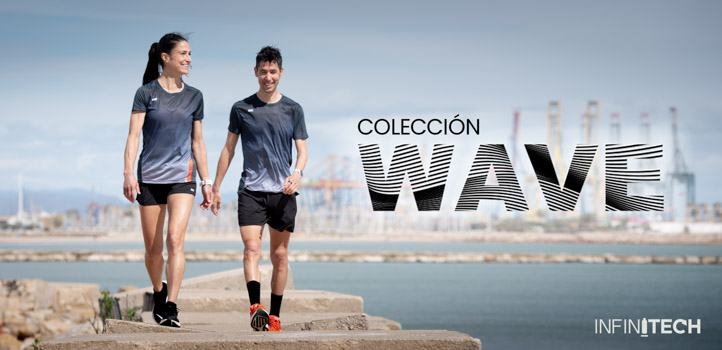
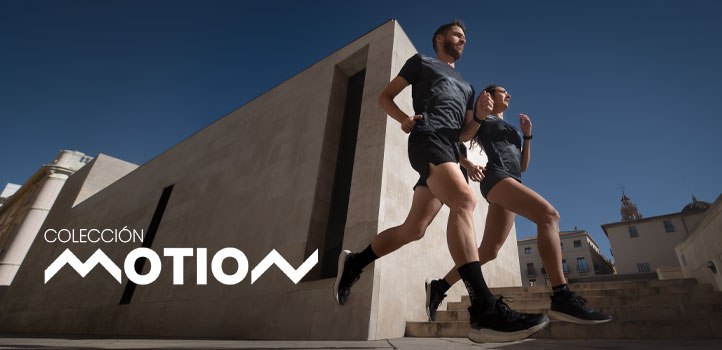

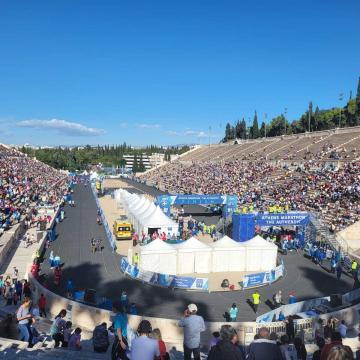


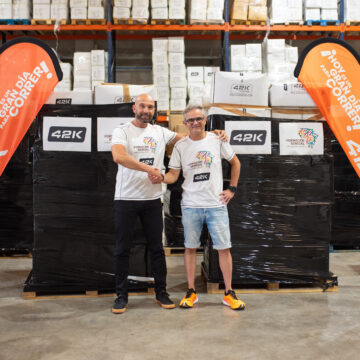
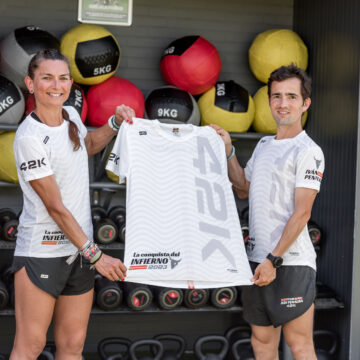



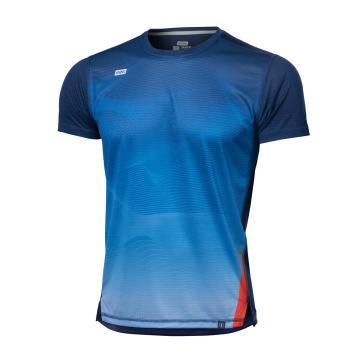
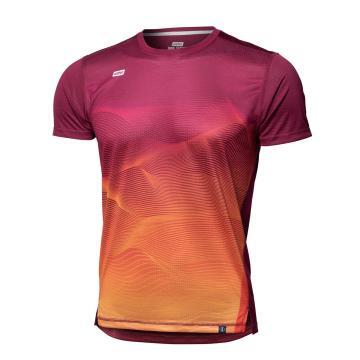
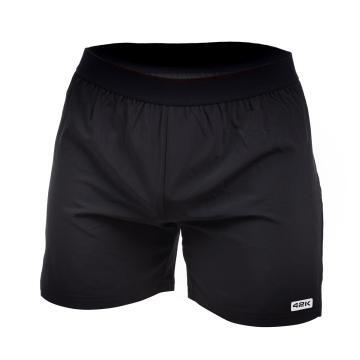
Comments
Post a first comment for this entry!